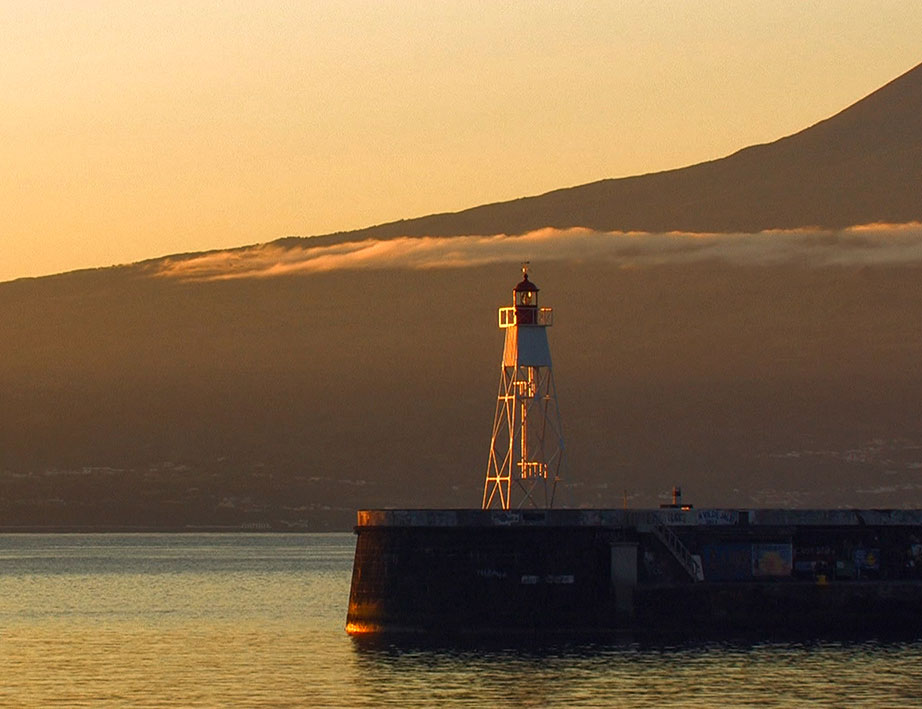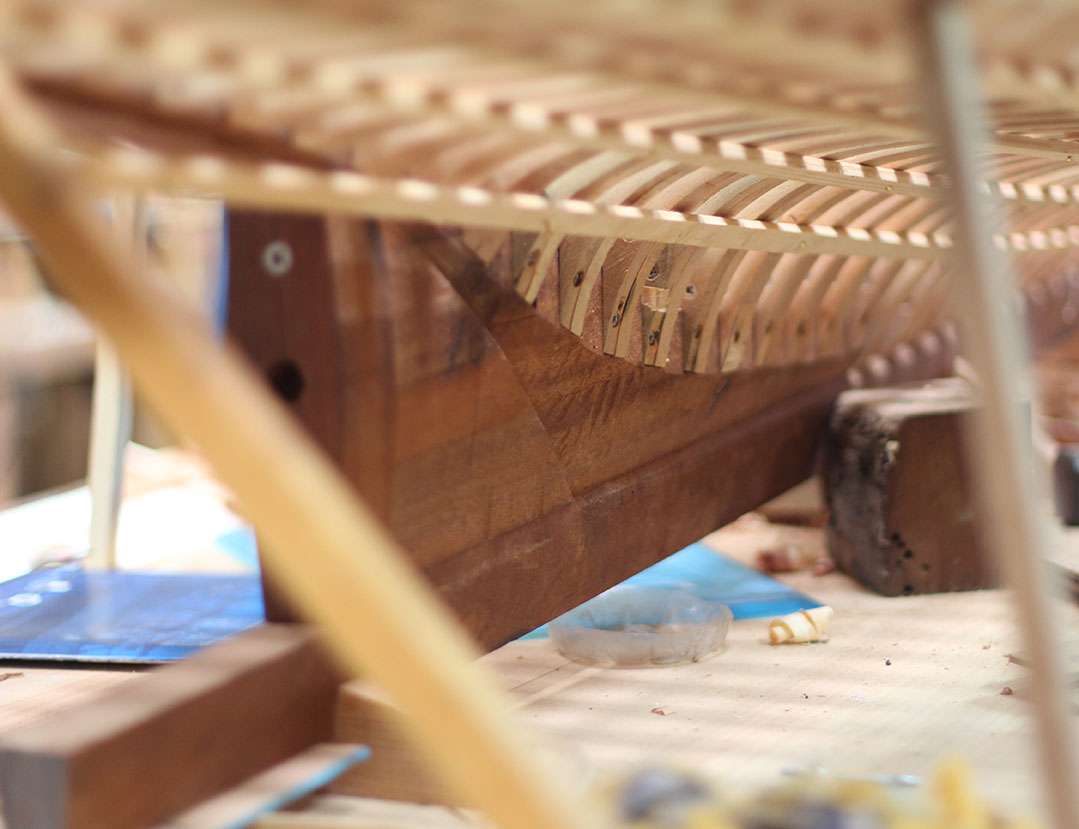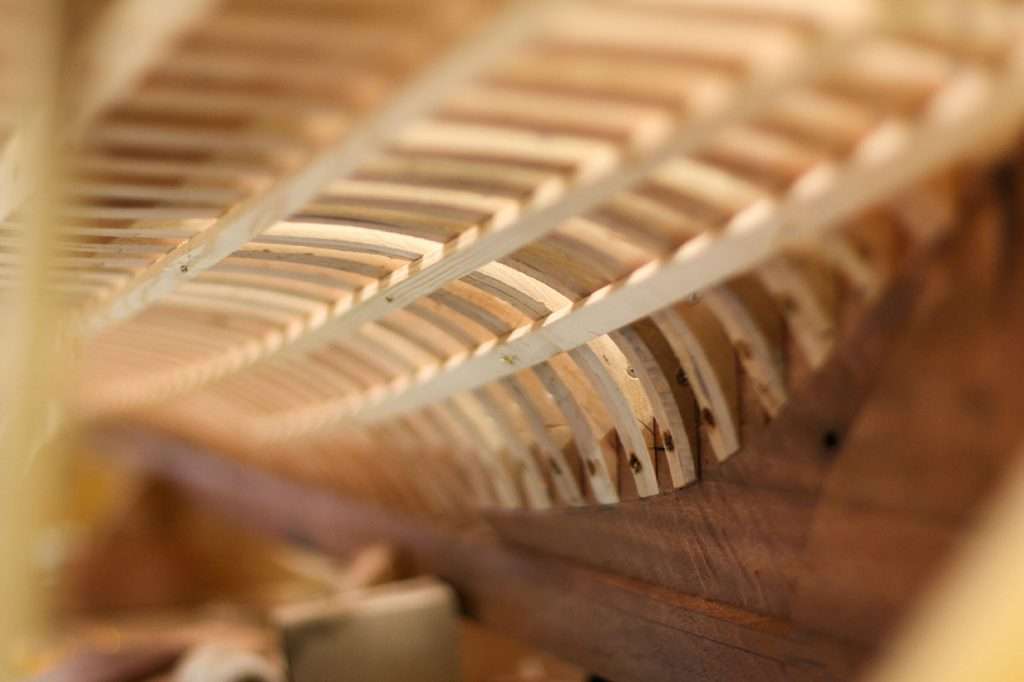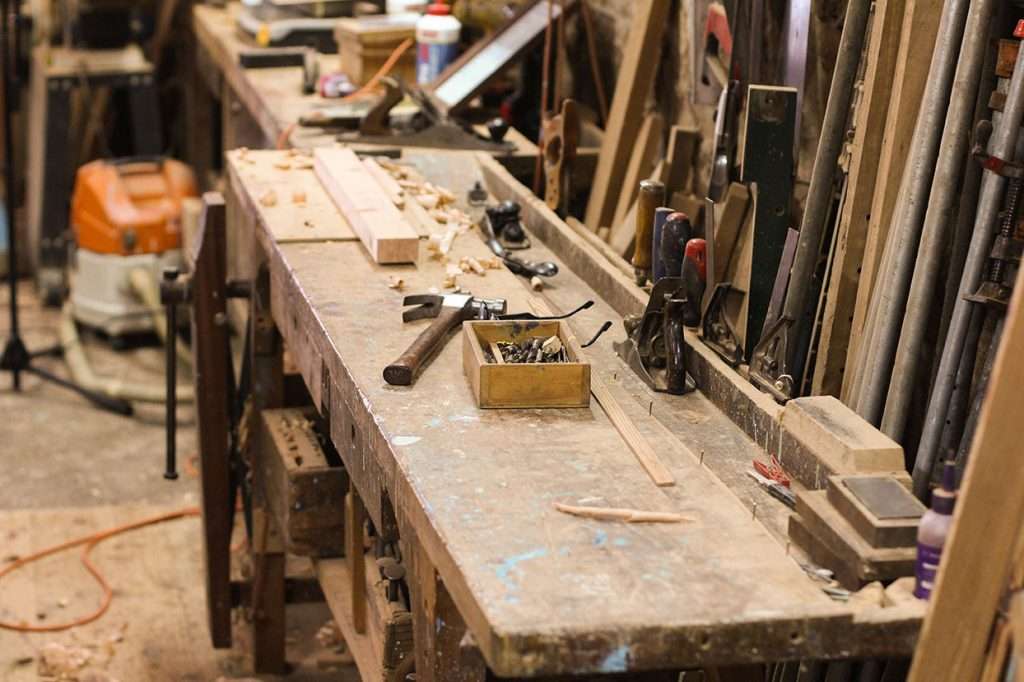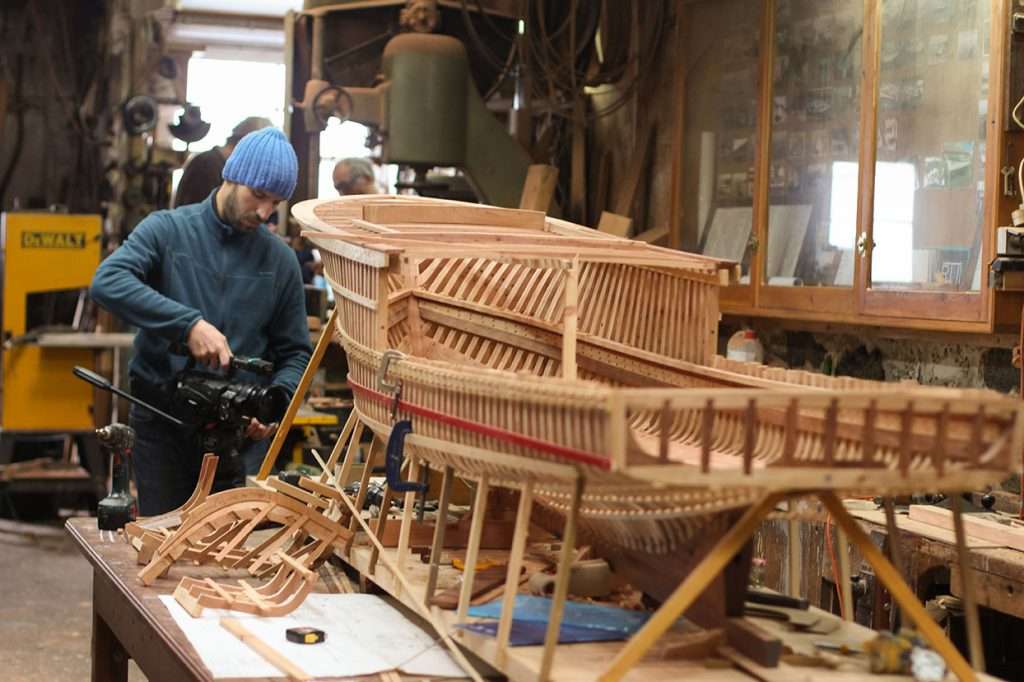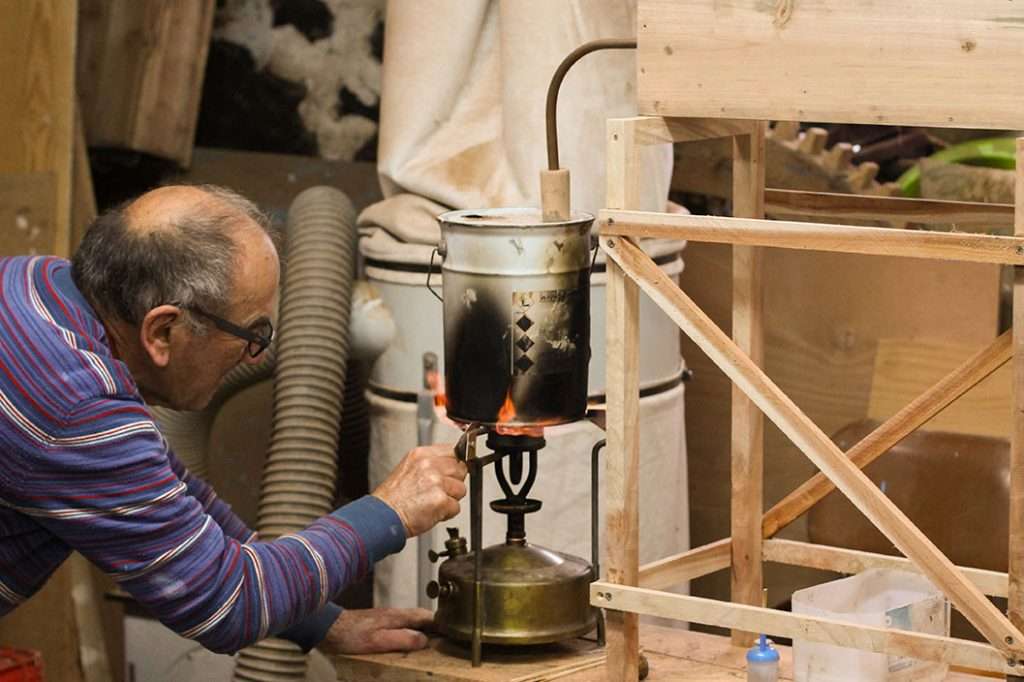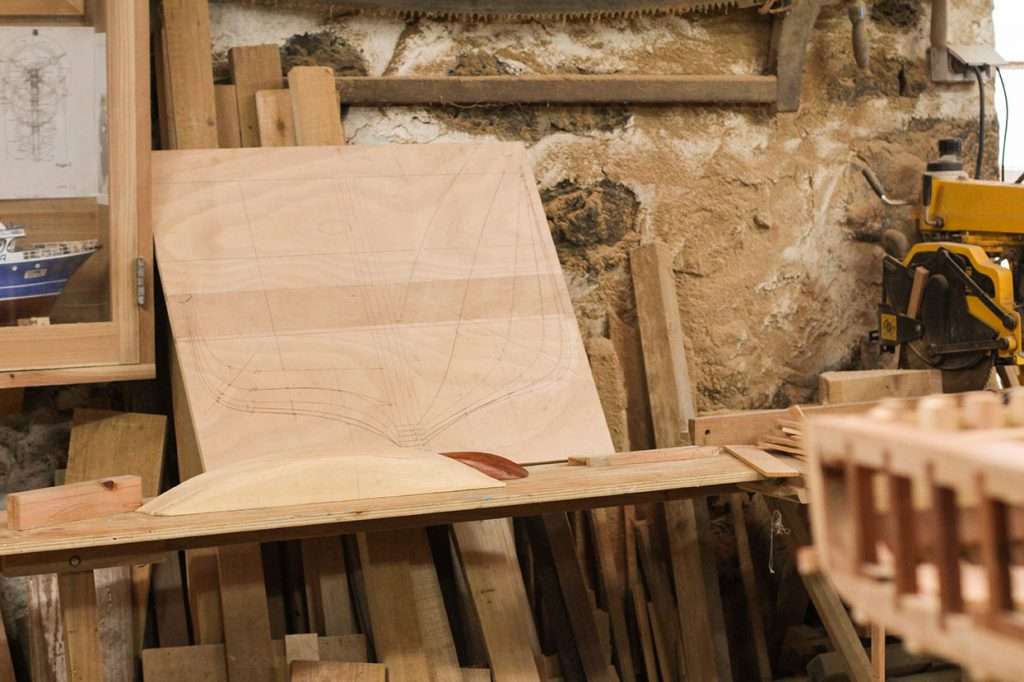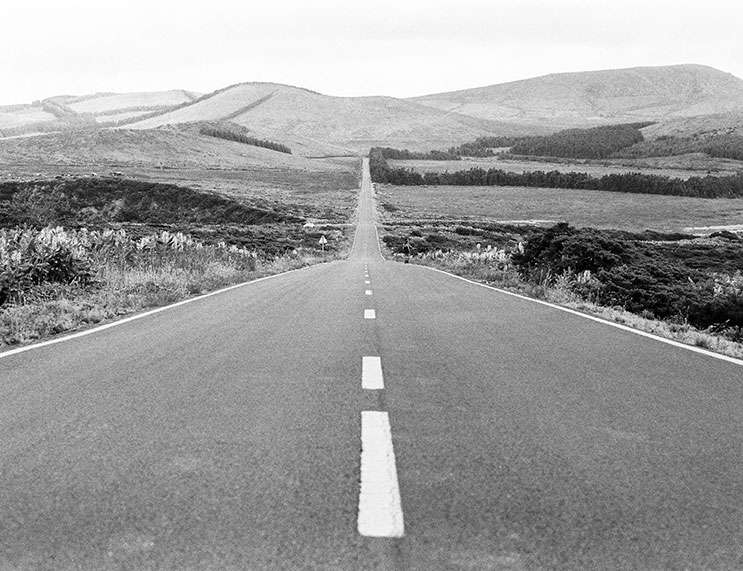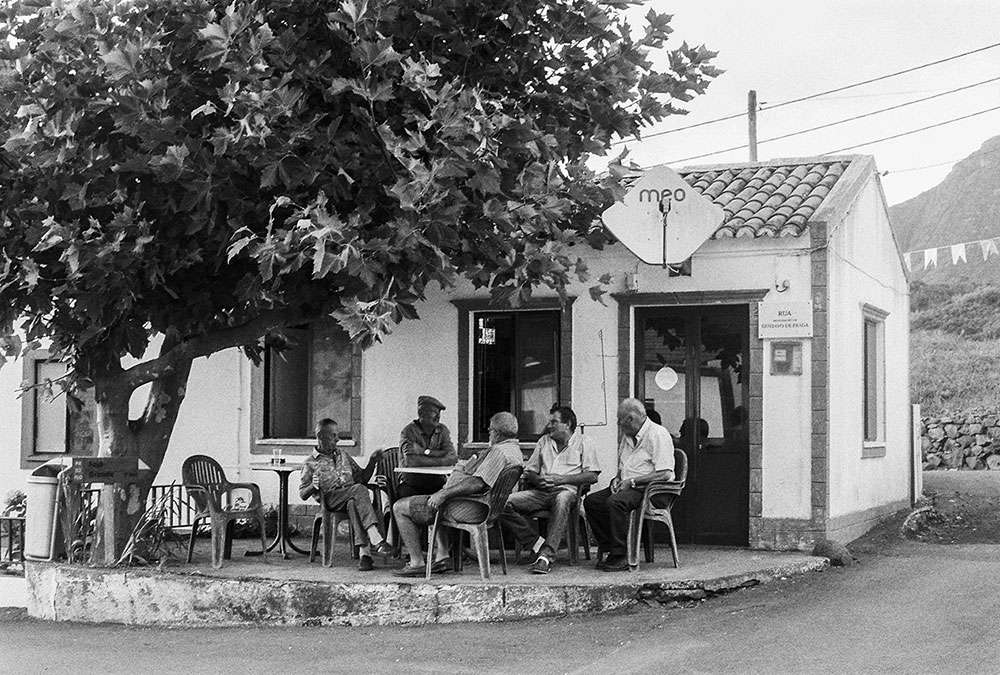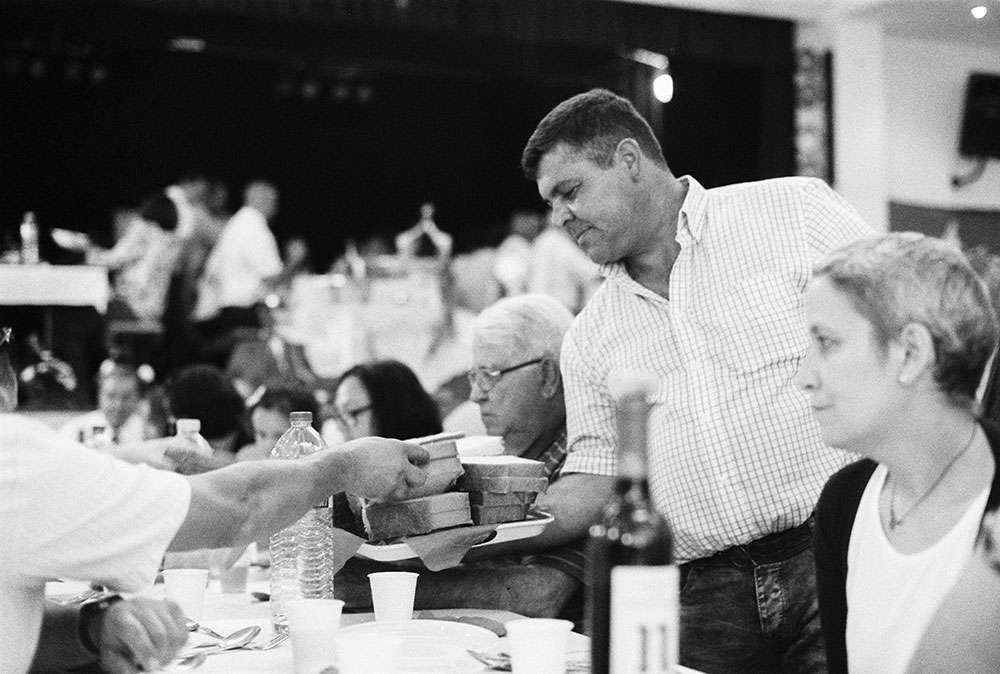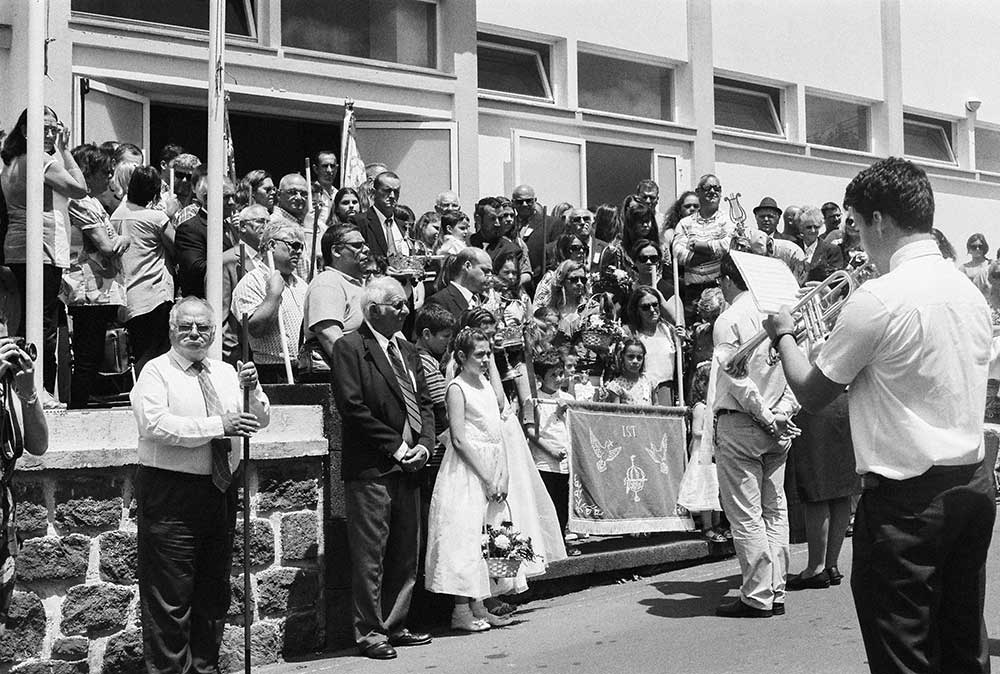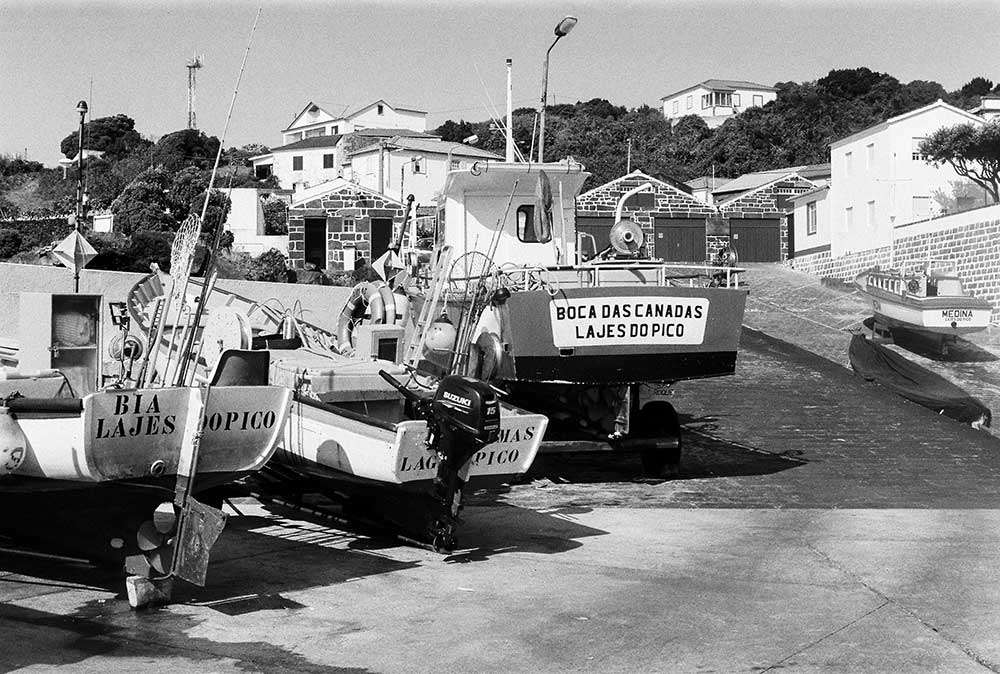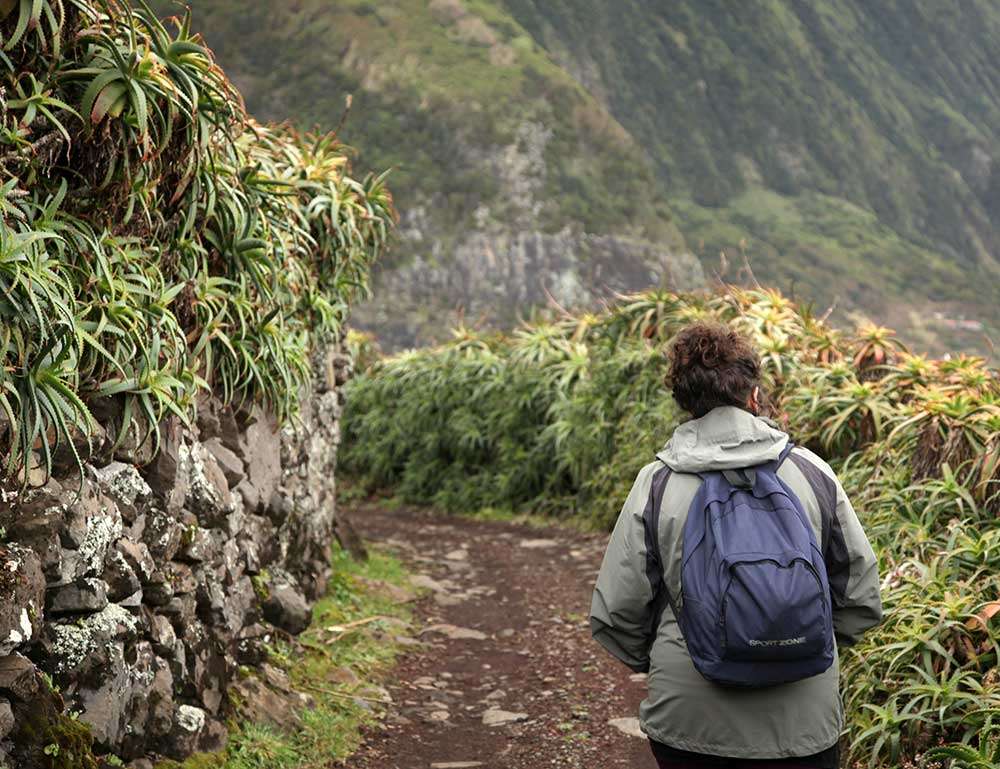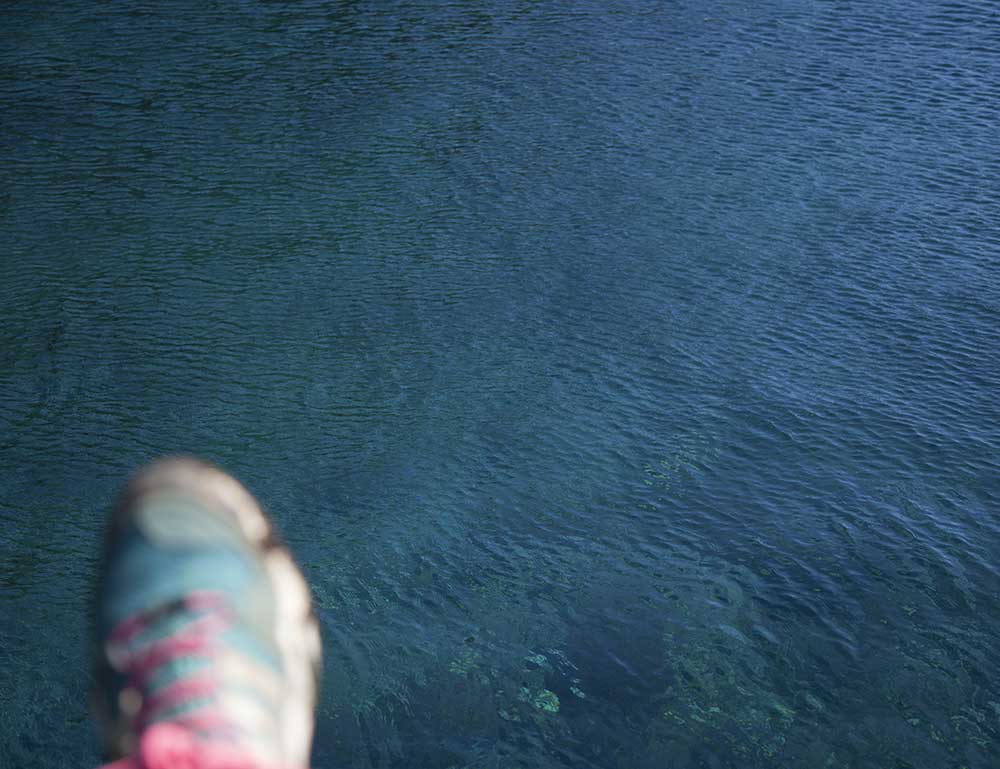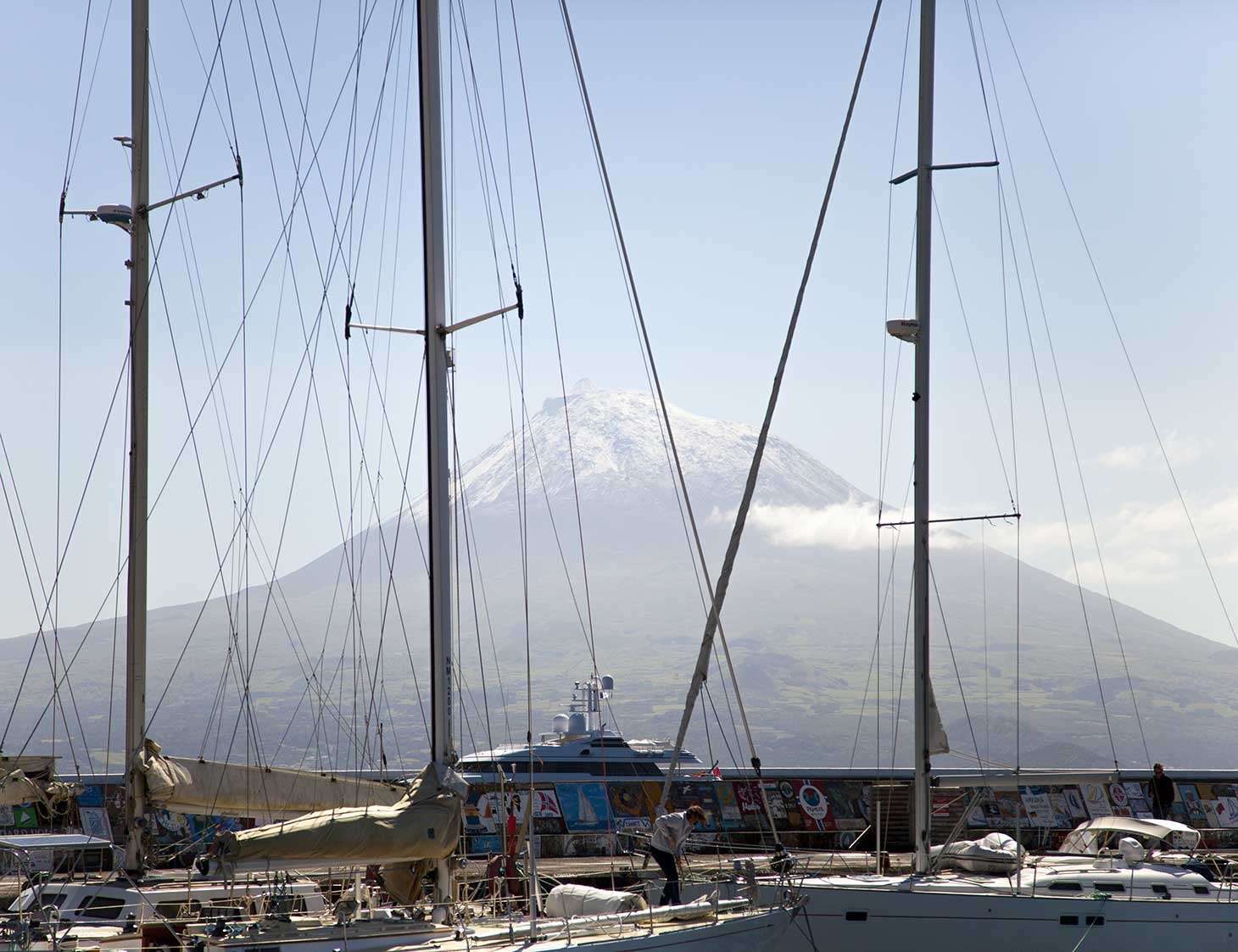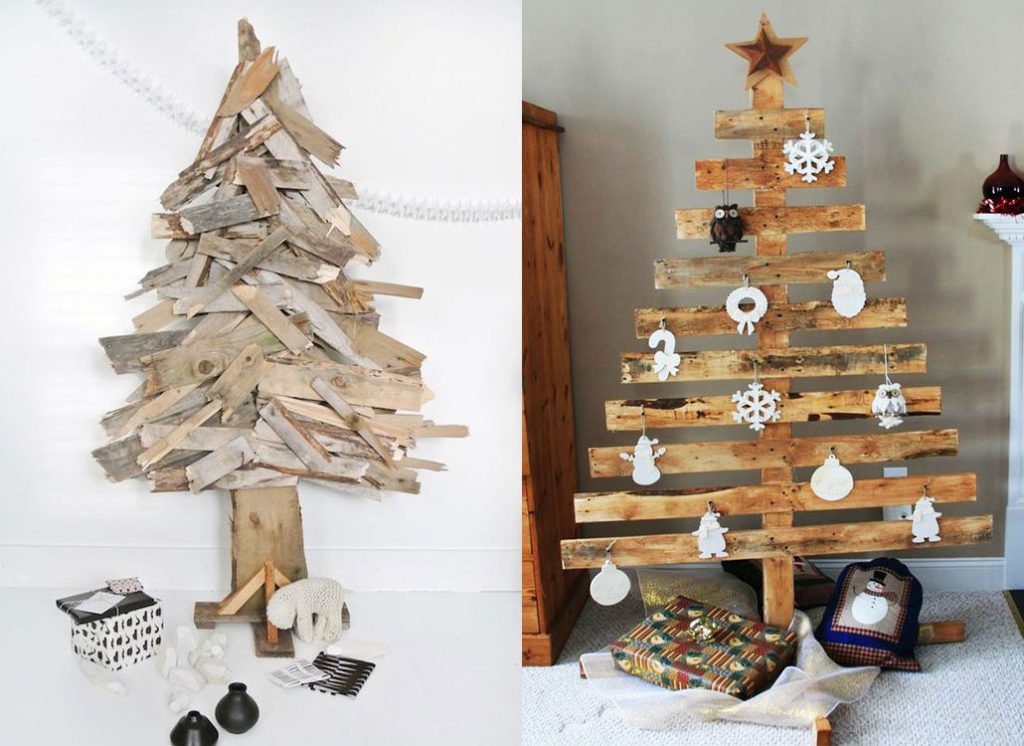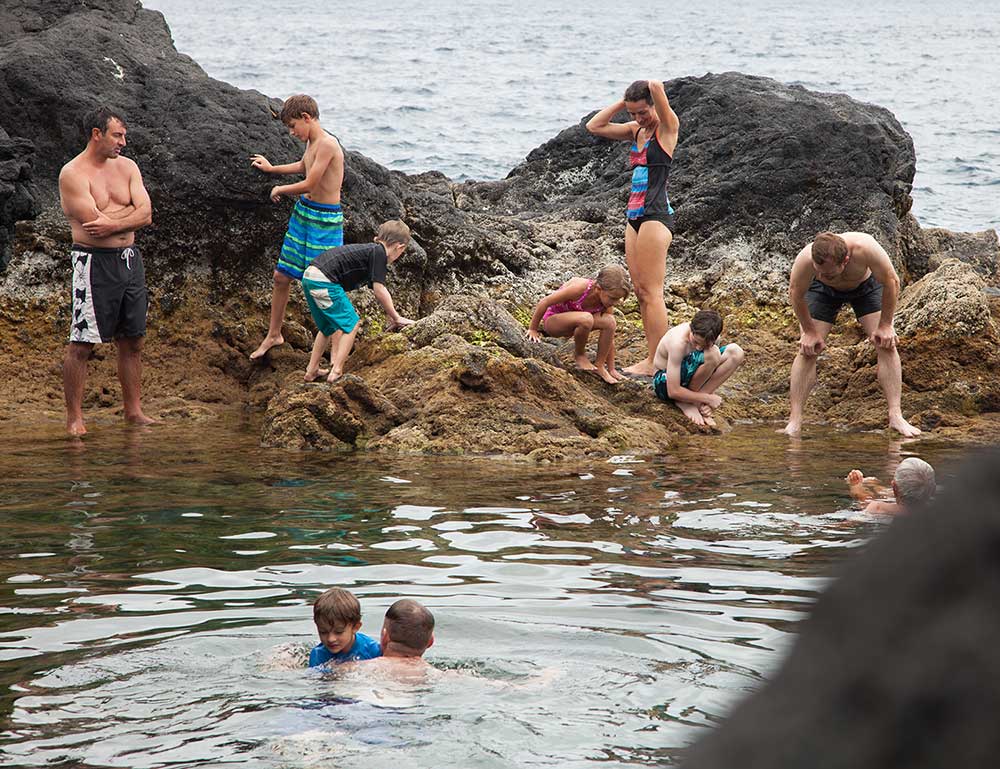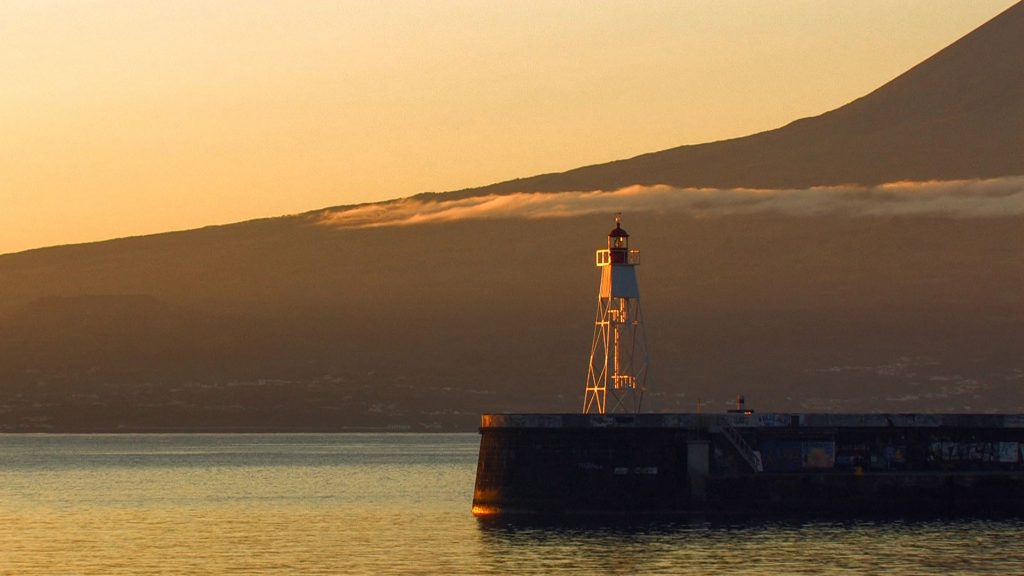
It is with great pleasure that Our island presents on December 5, 2017 the first episode of a series of short documentaries, which we call Microdocs.
Microdocs first season has 8 episodes with about 5 minutes each, subtitled in english. We will publish one episode every week starting on Tuesday, December 5, and they will be available on Vimeo and YouTube. They are also available on our website – Filmmaking.
Our island is committed to sustainability. Through active tourism and cultural tourism we promote a small-scale tourism with longer stays, developing programs that provide an immersive experience into the tradition to those who visit us.
We believe that the greatest value of the islands has been left to us by our ancestors throughout tradition, history and heritage. We believe this heritage is paramount to build the future of Our island, for we can only find identity in what makes us unique. Thus, it is imperative to protect our cultural and natural heritage so that we can share it with those who visit us for many years.
We blend tourism with the passion for Azorean history and culture. And now we’ve added to the mix our filmmaking motivation.
Many know that our team has training in film and audiovisual. Luís stands out as a director who already has an interesting and relevant filmography for the region. Rita is the cinematography specialist and the executive producer for this project, she was central in the improvement and execution of ideas. Pedro is a creative force of nature, and the special way he looks at things is always giving us new ideas. Maria is the newest member on Our island team and we are blessed with all her dedication and motivation during the editing and post-production of the Microdocs.
So, it’s only natural for us to give this step, differentiating ourselves and establishing Our island as an ambassador for the Azores culture. We want to make an important contribution to the discussion and sharing of history and stories of Faial, Pico and São Jorge.
Our island team
